On July 29, 1853, Pope Pius IX created a diocese in the oldest settlement in the Louisiana Purchase, Le Post de Natchitoches. It had only five priests and five churches to serve the 20,000 Catholics who were spread throughout the entire northern half of Louisiana.
Click on each name for more information about each bishop and more history:
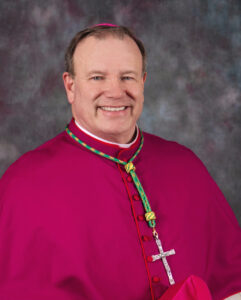
Bishop Robert W. Marshall, Jr., was ordained to the episcopacy and installed as the 13th Bishop of Alexandria on August 20, 2020…
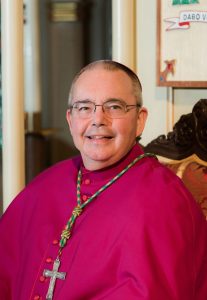
Most Rev. David Talley was appointed coadjutor Bishop of Alexandria in October 2016 and became the ordinary…
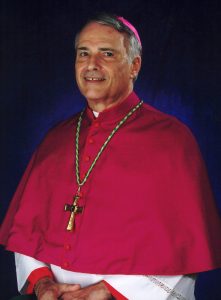
The 11th Bishop of the Diocese of Alexandria was Most Rev. Ronald Herzog who was ordained on Jan. 5, 2005…
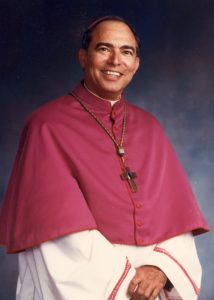
became a national icon for the Charismatic Movement in the 90s. He combined his love for the youth with the movement…
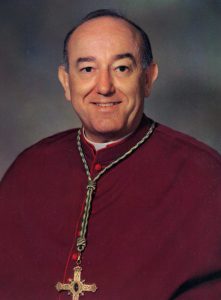
was consecrated the ninth Bishop of the diocese. In 1989, he was appointed Bishop of St. Petersburg, Florida and then five…
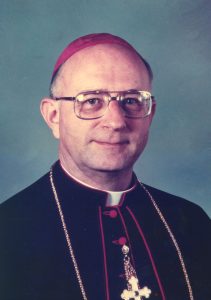
Most Rev. William Friend became the eighth bishop, but on July 29, 1986, he became the head of the new Diocese of Shreveport, and…
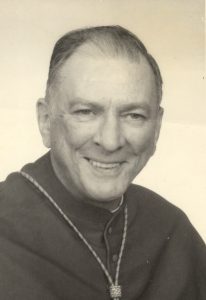
Bishop Graves was influential in establishing or improving continuing education for priests; offices for religious education…

During the next 27 years, Bishop Greco led his generous and growing flock in a phenomenal building program that included the establishment of 33 new…
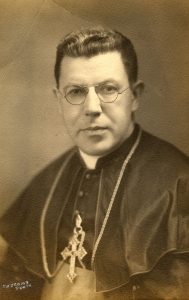
The fifth Bishop and first American-born was Most Rev. Daniel Desmond whose 12 years in office were marked by rapid…
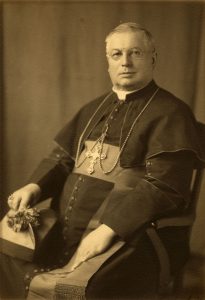
Bishop Van de Ven had the distinction of being both the last Bishop of Natchitoches and the first Bishop of Alexandria….

The most notable contribution of the third Bishop, Most Rev. Antoine Durier, was in the field of Catholic education…
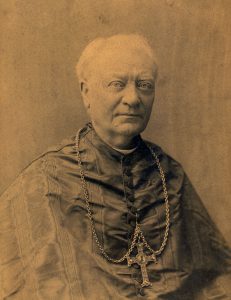
After only two years as the second Bishop of Natchitoches, Most Rev. Leray was named coadjutor to the Archbishop of New Orleans and attempted vigorously to…
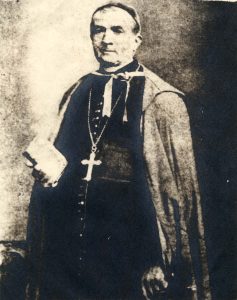
For 22 years Bishop Martin zealously recruited priests and religious from Europe for his diocese. He established a seminary to train native clergy…
Blazon:
Gules, a cross throughout Argent between four bells of the last; overall, at the center point, a crescent checky Sable and Or.
Significance:
The coat of arms of the Diocese of Alexandria was adopted in 1933 by Bishop Daniel Desmond. They were designed by heraldist Pierre de Chaignon la Rose. They consist of a red field on which are placed a silver (white) cross between four silver (white) bells. The red background is used to signify the Red River that runs through the See City. The cross, which represents the Christian Faith, divides the four bells that are taken from the arms of the Patriarchal See of Alexandria, in Egypt, for which the See City is named. Overall, at the center of the design is a black and gold (yellow) checky (checkered) crescent, which is taken from the arms of the Spanish family “Xavier,” and this symbol is used throughout ecclesiastical heraldry as the classic charge for Saint Francis Xavier, titular of the cathedral-church in Alexandria.